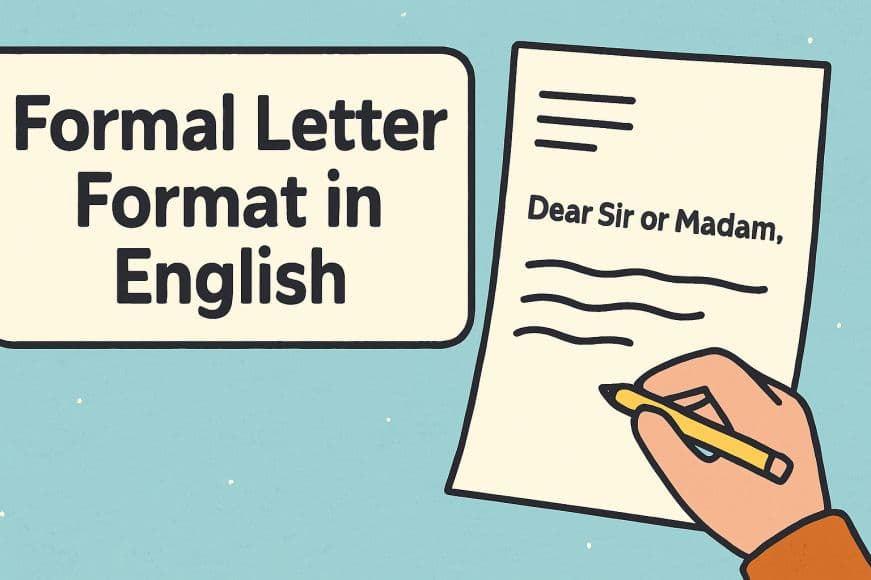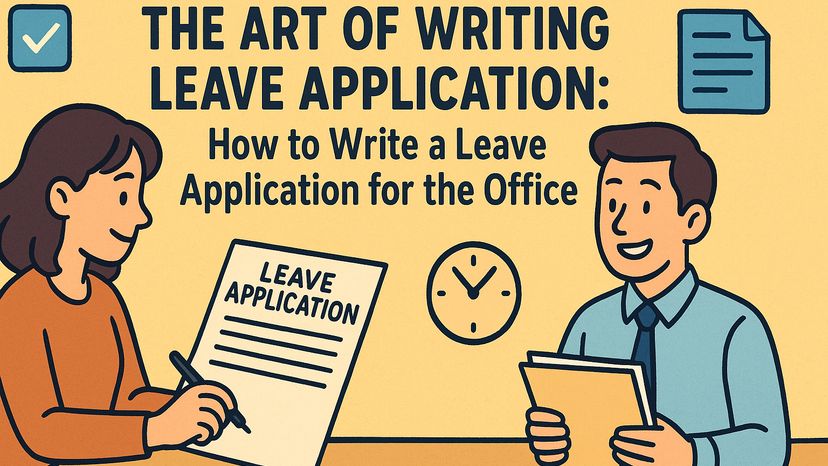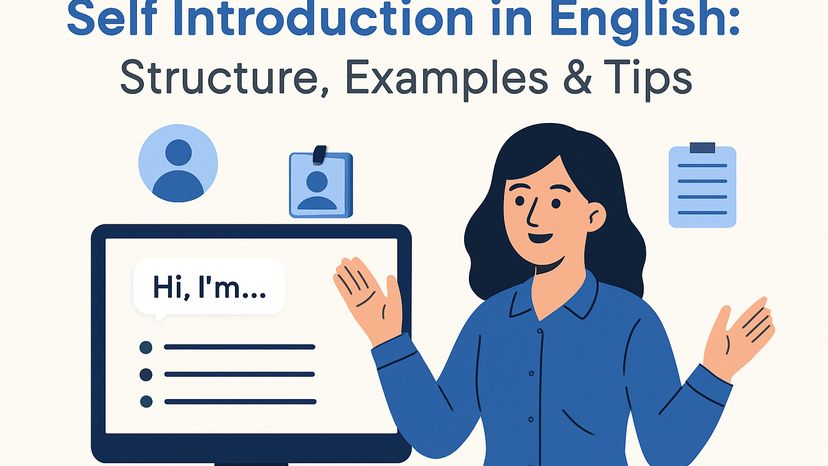A letter is a written message used to convey information – personal, public interest, formal rules and regulations – from one person to another through a medium. The typical form of letter, used from centuries, has been a sheet/s of paper, from pigeons to postal system the letter bearer has changed and drastically involved. The main purpose of letters was to send information, greetings and news. Letters were the primary source of communication in both personal and professional communication for many decades, before telegraph and internet services reduced their importance and usage.
Formal Letters are official letters dealing with such subjects as enquiry, ordering, transferring money, request, complaint and apology. Business letters are formal in nature. The letters should not sound too personal; what matters is: setting your letter out correctly, keeping to the point, and maintaining the necessary formal tone.
Formal Letter Format
These are letters of enquiry or complaints. They offer suggestions or make requests. These may be written to editors of newspapers, school principals, business firms, etc.
Writing letters to the editor is a great way to engage with a topic you’re passionate about and to influence public opinion.
Writing your Letter to the Editor
- Address – write your (the sender) address, e-mail address, phone number or any other contact information. Write the name and address of the newspaper to which you are sending this letter.
- Salutation – you may address the editor as ‘Respected Sir’, ‘Respected Madam’, etc.
- State the argument – you should orient your readers as quickly as possible by stating the name and date of the newspaper article that you’re responding to and the argument that it made.
- State your position – after you’ve stated the argument you’re responding to, you should clearly state the position you are taking on the issue and why you feel a certain way.
- Provide evidence – now that you have stated your position on an issue, you need to back it up with some facts. Here are some great ways to provide evidence:
Use recent events in your state or community as evidence.
Use statistics, data, survey results, etc.
Tell a personal story that conveys a larger point.
Use current events in politics for support.
- Say what action is needed – once you have provided evidence for your point of view, you should end the letter by saying what can be done to address the issue. Perhaps simply raising the awareness of the issue in the community is enough, but there may be other things that people can do to address the issue and get involved.
- Closing sentence – have one sentence that summarizes your point of view on the issue so your readers have a clear reminder of your main message.
- Signature - the name of the writer comes below the subscription. Use your full name for this purpose in business letters; as;
Yours Sincerely,
Rachel
Writing an inquiry, complaint or placing order:
- Sender’s Address
- Date
- Recipient’s Address
- Salutation
- Body of the Letter
- Closing
- Enclosures
- Signature
Formal Letter Sample
You are Meenakshi Joshi, a resident of 567, Ring Road, Dehradun. You are very much disturbed to hear about the accidents caused to children and aged people due to rash and reckless driving. Write a letter to the editor of a newspaper drawing attention to reckless driving.
567 Ring Road
Dehradun
18 February 2025
The Editor
The Indian Express
New Delhi
Respected Sir,
I wish to draw the attention of the authorities against rash and reckless driving of cars, trucks and two-wheelers in the city.
Reckless driving has become a craze these days. It is a big nuisance and a great danger to school-going children as well as aged persons as they cannot cross the road quickly. Cyclists, rickshaws and two-wheelers are hit by speeding cars and trucks every day.
Accidents are almost an everyday occurrence caused due to rash driving. The drivers knock down the people and escape. Sometimes it becomes difficult even to note the number of the offending vehicle.
The police and traffic authorities should take immediate measures. I hope strict measures are taken to keep the errant drivers in check, so that people heave a sigh of relief.
Yours truly
Meenakshi Joshi
FAQs
Q1. How to write a formal letter in English?
Ans. Formal letter is written in a professional setup for various reasons such as inquiry, complaint, request, etc. Formal letter example along with its format is given above.
Q2. What are different types of letter format?
Ans. There are two major types of letter format, informal and formal. Informal letter is written to a friend or family member, has a friendly and relaxed tone, containing personal updates. A formal letter is written to a colleague or a professional, related to some formal work or event; it follows a structured pattern and respectful tone.
Q3. What are some formal letter topics?
Ans. Some topics for formal letter are job application, leave application, product or service complaint, complaints to authorities, editors, requests for some information on a topic, for permission, for recommendations, placing orders, resignation letter, etc.
Q4. What are some points to remember while writing a formal letter?
Ans. Some important points to remember are –
- Formal letters should be brief and to the point.
- The purpose of the letter should be clear and concise.
- Maintain the necessary formal tone.
- Be polite in your expression.
Q5. Can we write formal letters to relatives?
Ans. No, formal letters are written for business/professional purpose. For relatives and friends, informal letters are used which are personal and have a relaxed tone.











